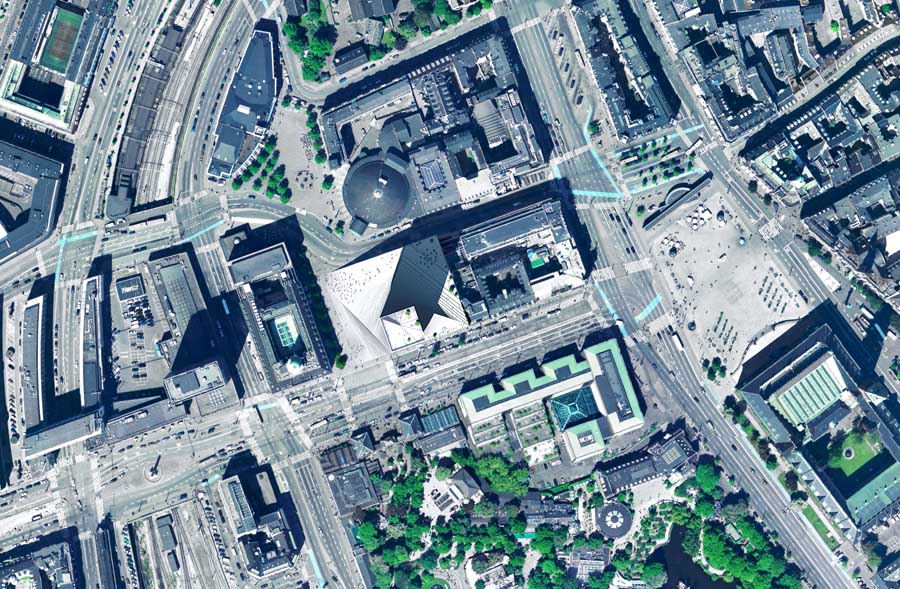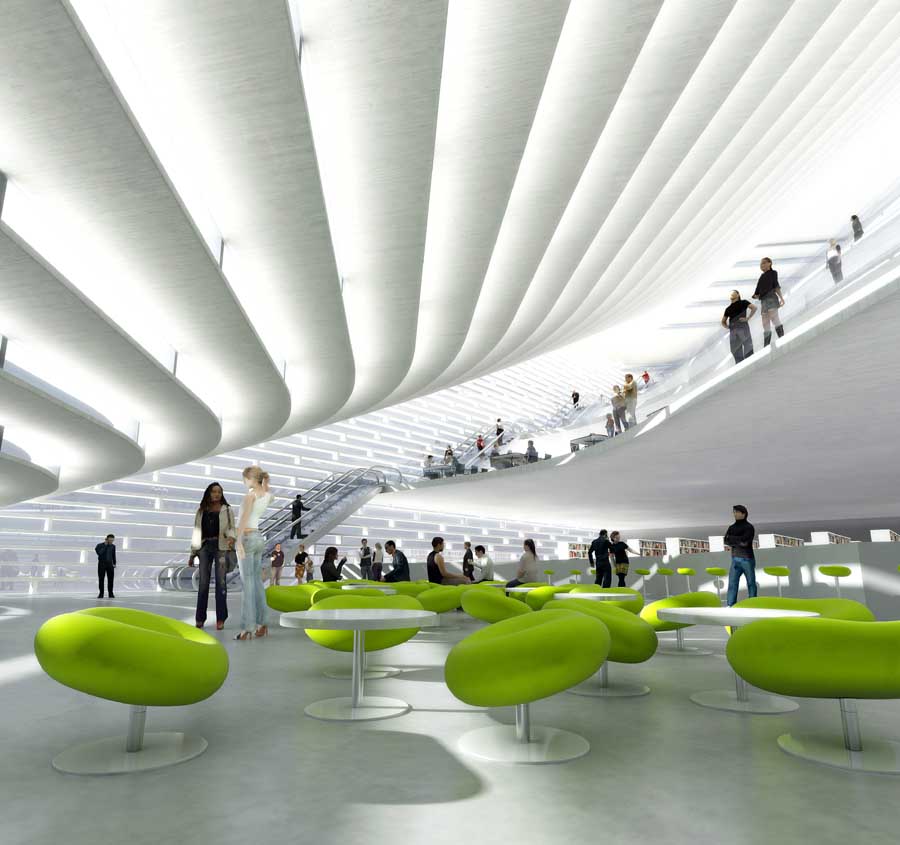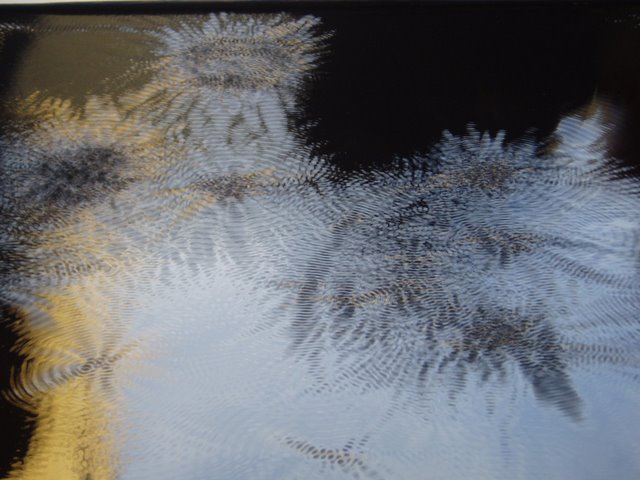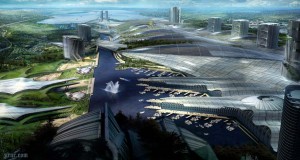
 The Danish architects BIG (the Bjarke Ingels Group) have designed an extraordinary hybrid tower Scala Tower to house the municipal library, conference centre, shopping and a luxury hotel. It also provides public space to the city of Copenhagen.
The Danish architects BIG (the Bjarke Ingels Group) have designed an extraordinary hybrid tower Scala Tower to house the municipal library, conference centre, shopping and a luxury hotel. It also provides public space to the city of Copenhagen.
Although it seems not quite fully resolved as to the programmatic and landscape elements, the way the building emerges from the ground ‘like a tree’ with a glassy bark trunk and yet sits well within the traditional urban fabric like a sinuous counterpoint is truly inspirational.
With a population of just over a million people and the famous Tivoli Garden, Kongen’s Have in the city centre and the Fredericksborg Slot Baroque gardens in Hillerod the Danes have the benefit of aesthetics, cultural and recreational opportunities aplenty.
So apart from contributing to Denmark’s already stellar reputation for being on the forefront of design how does Scala Tower contribute to the quality of life in Copenhagen? Political measures of quality of life in liveability terms are both objective [divorce rates, safety and infrastructure] and subjective [life satisfaction surveys]. So, the Danes have gained a great piece of civic infrastructure in a city which is already considered relatively crime free. I wonder whether that will show up on the next life satisfaction survey!


